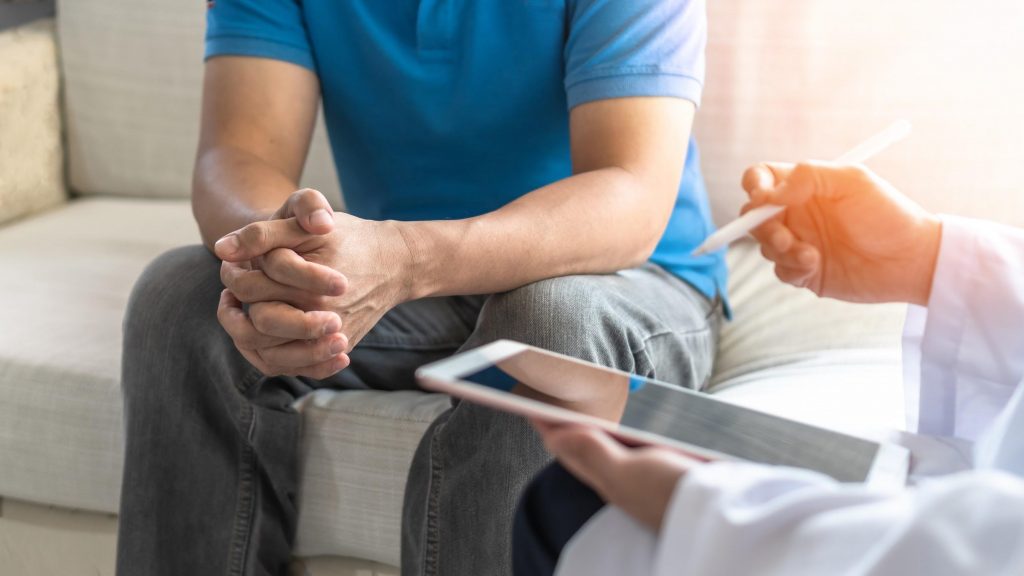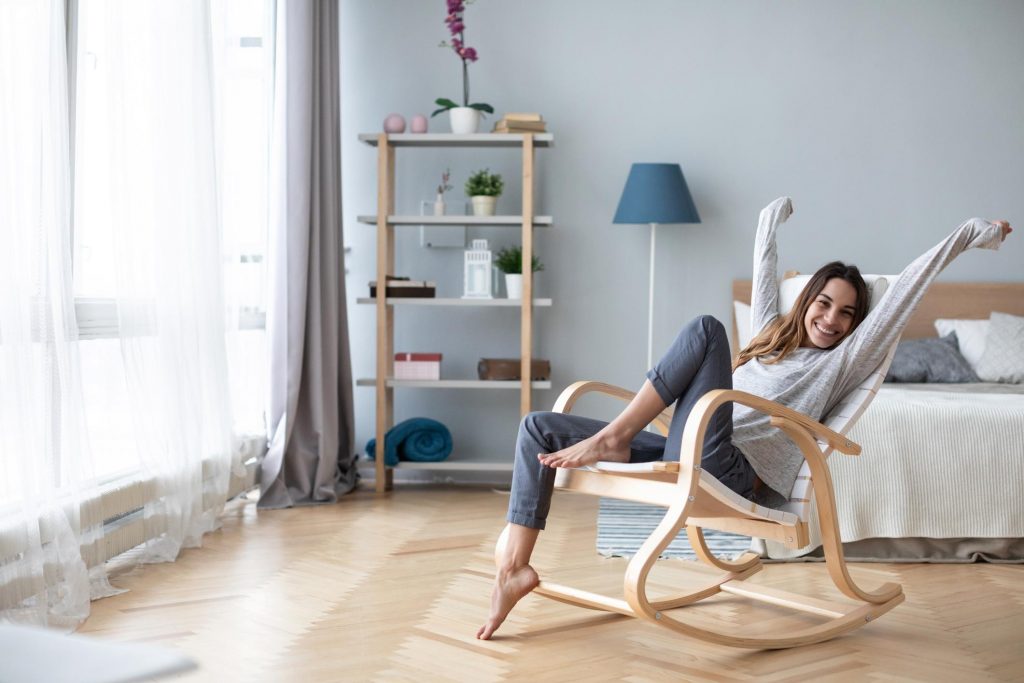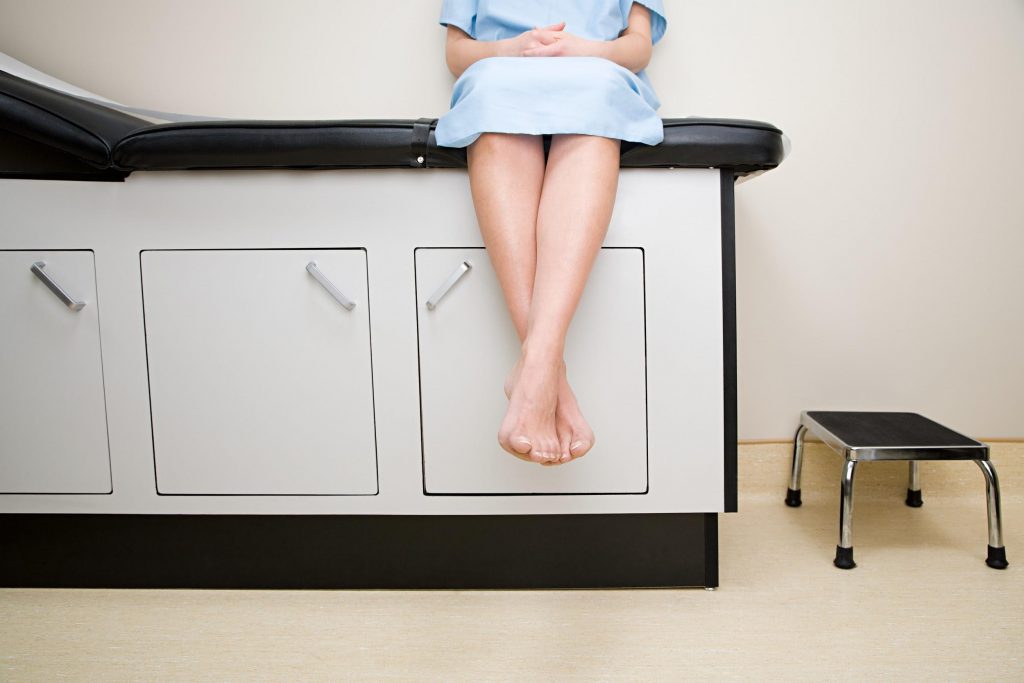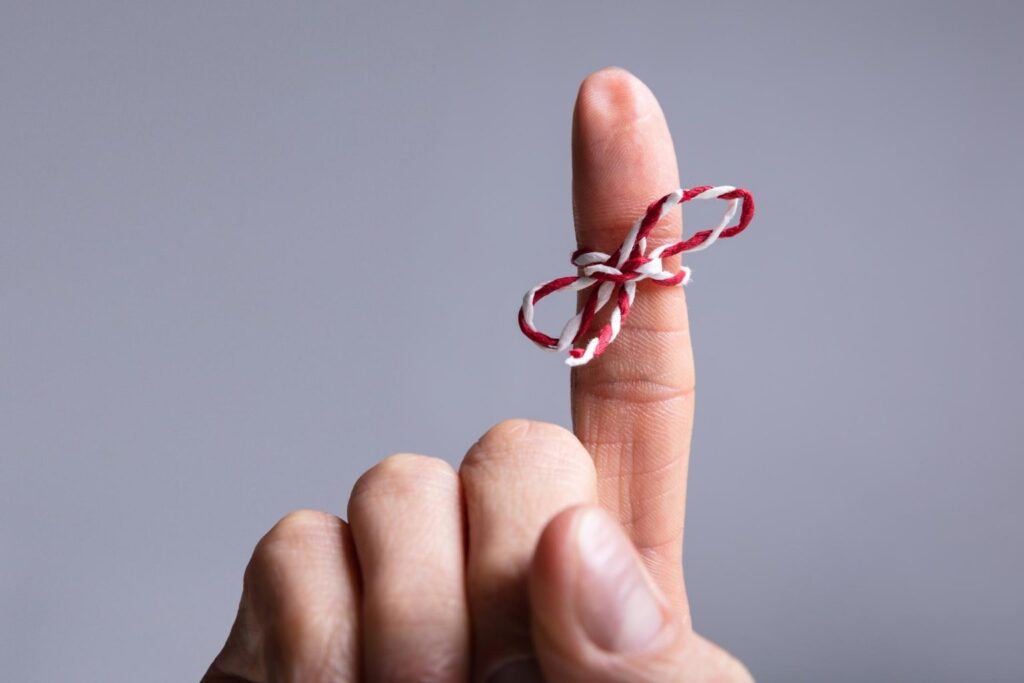
“The staff was very professional and made me feel comfortable with the procedure I was undergoing. Explained the procedure and answered all my questions. I highly recommend the Heart of Dixie Vein and Vascular Center and the staff.”

A follow-up visit will occur after 3 months to discuss the success of the conservative methods outlined in our first visit. If your symptoms have been relieved with this conservative approach, we will continue to manage your venous insufficiency conservatively. If your symptoms persist, we will discuss the minimally invasive treatment options available for treating your venous insufficiency. These procedures may include:
Together, we will discuss the various treatment options that are right for you! Once we schedule your procedure, we will request pre-authorization from your insurance company. We will make sure they give prior authorization for treatment, but it is your responsibility to understand your financial arrangement with your insurance company.

“My experience with Heart of Dixie Vein and Vascular was excellent. The environment is comfortable and professional. They were very attentive to my needs and articulate in telling me what to expect throughout my treatment.”


“Doctor Poole was kind with great bedside manners. They respected my wishes to not be put out, so I was awake the whole time.
Honestly the whole experience was professional, clean, quick and efficient.
If you have varicose veins that have been bothering you for years, don’t hesitate to give them a call.
Highly recommend.”


“Justin Poole and Dr. Jamison Jones were both very professional and treated me with respect. Justin was very courteous and kind during the procedure and after. He explained exactly what he was going to do and the same while he was doing the procedure. After the procedures he seemed very concerned that I understood what to do and made sure I was aware of all special instructions. I will tell anyone needing the procedure I had to go to them. Thank you all for such good care of me.”

Things to Remember

“Dr. Jamison and all of the staff are friendly and made me feel comfortable during my procedures.
I highly recommend them!”